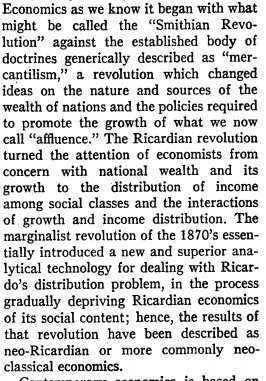Bartik Instruments: What, When, Why and How
With Isaac Sorkin and Henry Swift
nber.org/papers/w24408 or paulgp.github.io/papers/bartik_…

Haven't you ever wondered what the identifying assumptions are?





the first is the canonical case of estimating labor supply elasticity;
the second is Autor, Dorn and Hanson's estimates of the impact of China's trade on U.S. manufacturing;
the third is simulated Medicaid eligibility.





1) Bartik instrument is actually identified off of distribution of many instruments (industry shares) -> Single Instrument to many
2) We show how to find out which of these many industries actually "matter" -> Many instruments to few
3) We provide 3 examples + code
Advisors, please let your grad students know about this paper if they are using a Bartik instrument on the job market!









